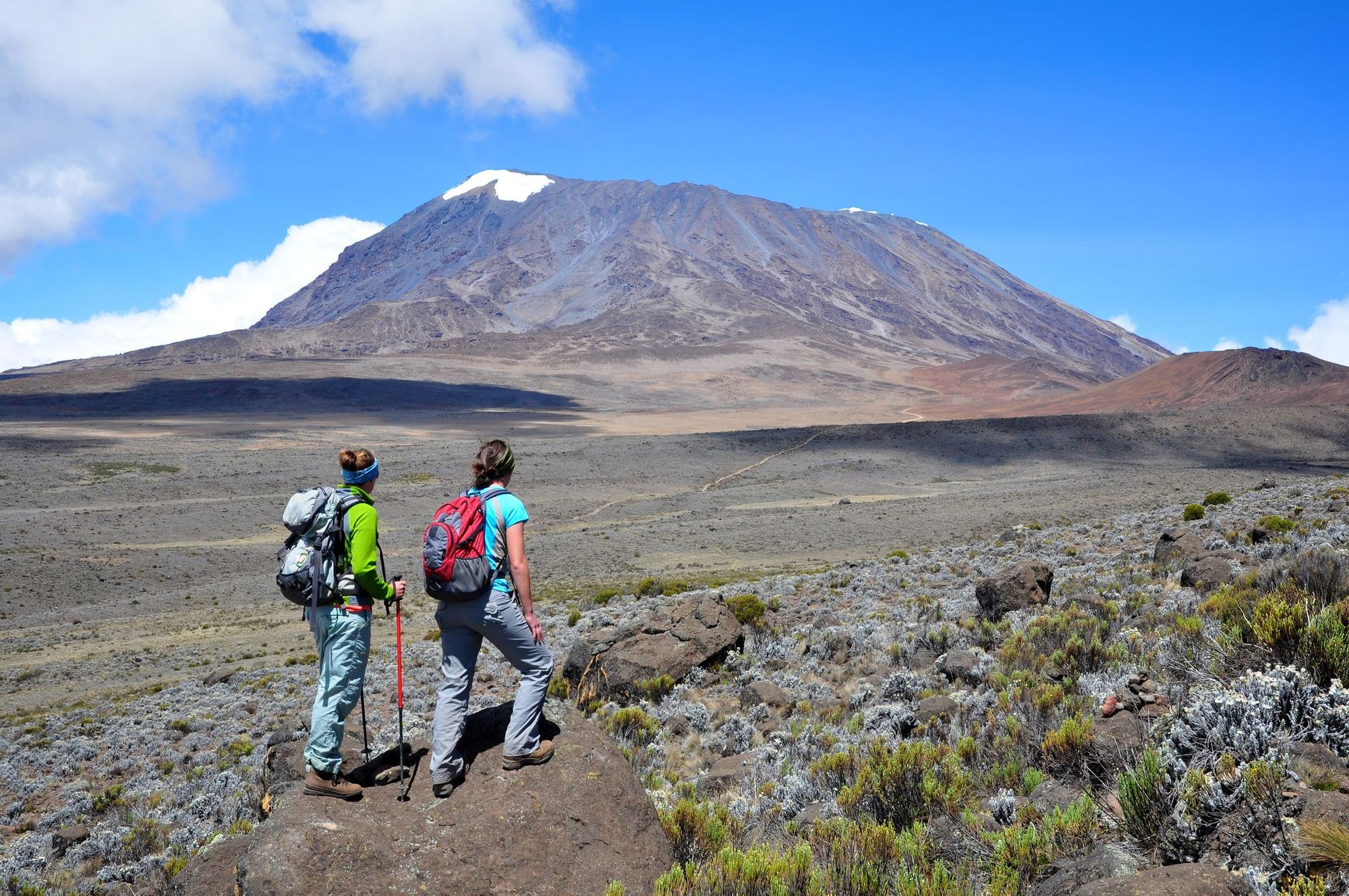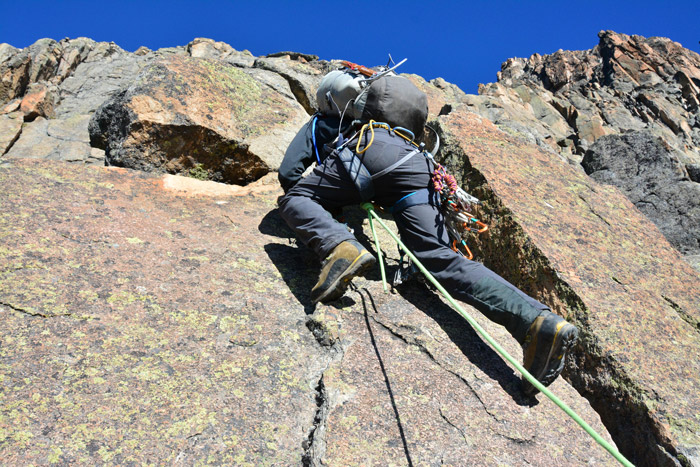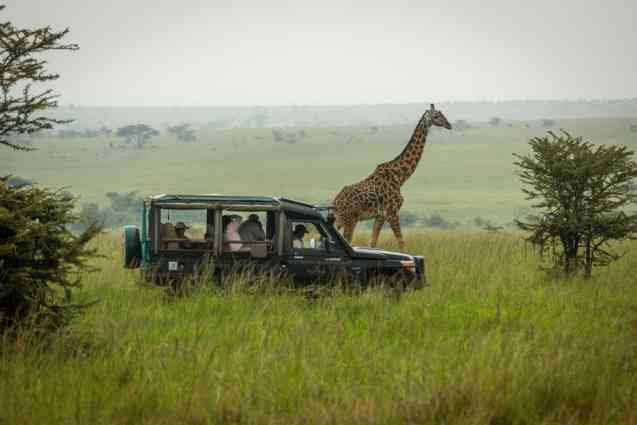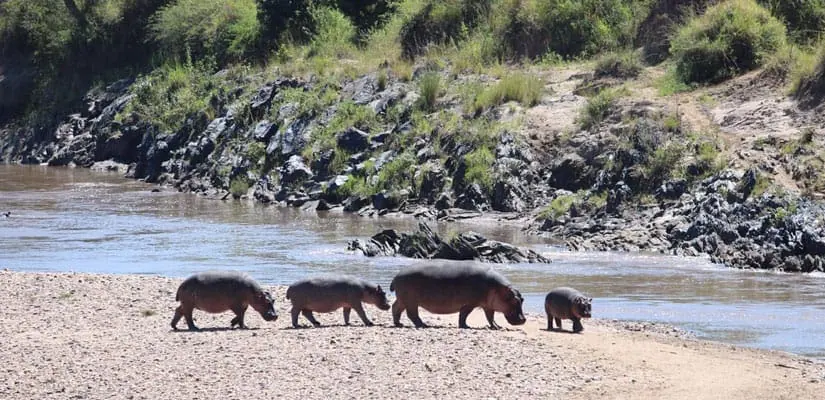- GET IN TOUCH WITH US:
- +256 753518160
- +256 777842166
- info@experiyatourcompany.com

How hard is the Mount Kenya climb compared to Kilimanjaro?
November 19, 2025
Can I go paragliding in Kenya?
November 19, 2025What’s the Best Time to Climb Mount Kenya?
Mount Kenya, Africa’s second-highest peak and one of the continent’s most stunning mountain landscapes, is an adventurer’s dream. With its dramatic volcanic spires, ancient glaciers, crystal-clear mountain lakes, sprawling valleys, and rich Afro-alpine flora, Mount Kenya offers an unmatched trekking experience that blends beauty, challenge, and solitude.
Whether you’re planning an ascent to Point Lenana or preparing for a technical climb to Batian or Nelion, choosing the right time to climb Mount Kenya is one of the most important decisions you’ll make. Weather conditions, visibility, trail stability, wildlife activity, and overall experience all depend on timing.
So, what’s the best time to climb Mount Kenya?
This detailed guide explores the mountain’s two main trekking seasons, the advantages of each month, climatic patterns, and tips for planning a safe and rewarding climb.
Understanding Mount Kenya’s Climate
Mount Kenya lies just south of the equator, but its altitude creates dramatically different weather zones. The mountain experiences:
• equatorial sun at lower elevations
• misty bamboo forests in the mid-zone
• cool alpine conditions above 3,000 meters
• freezing nights near the summit
Weather on Mount Kenya is influenced by two main rainy seasons:
• Long rains: March to June
• Short rains: October to November
Dry seasons offer the most reliable climbing conditions, though the mountain can technically be climbed year-round with the right preparation.
The Best Time to Climb Mount Kenya
The mountain’s optimal climbing seasons are tied to the dry periods when skies are clear, temperatures are stable, and trails are safe.
The Best Months to Climb Mount Kenya
• January – February (Peak Season)
• July – October (Long Dry Season)
These are widely considered the ideal windows for climbing.
Why January and February Are Great for Climbing
January and February mark the first dry period of the year. These months are warm, clear, and offer the best views.
Key Advantages
• consistent sunshine
• clear skies for summit photography
• low chances of rain
• warmer temperatures at high altitude
• best conditions for technical climbing
This period is perfect for trekkers, photographers, and climbers aiming for ideal weather.
Potential Downsides
• slightly more climbers than other months
• some routes may feel dry and dusty
Still, the advantages far outweigh the minor inconveniences.
Why July to October Is the Other Best Window
The longer dry season—from July through October—is the most popular trekking period on Mount Kenya.
Key Advantages
• stable weather
• crisp skies with perfect clarity
• low rainfall
• comfortable trekking conditions
• great time for combination tours (safari + climb)
These months see many trekkers combining a Mount Kenya climb with a wildlife safari, since it falls in East Africa’s peak safari season when animal sightings are excellent.
Potential Downsides
• colder nights
• high tourism season
Even so, this remains the most reliable period for all types of climbing.
Is It Possible to Climb in the Off-Season?
Yes, Mount Kenya can be climbed year-round, but off-season periods require preparation and flexibility.
Climbing in March, April, and May – Long Rains
These months bring heavy rainfall, often making the trails:
• muddy
• slippery
• flooded in boggy areas
• cloud-covered with limited visibility
Why Some Climbers Avoid This Season
• Very unpredictable weather
• Higher risk of landslides or washed-out trails
• Reduced chances of clear summit views
Who Can Climb in This Period?
• experienced trekkers
• climbers with flexible schedules
• those who prefer solitude
If you choose these months, bring proper rain gear and expect shifting conditions.
Climbing in October and November – Short Rains
The short rains are less intense than the long rains, but they still create:
• occasional storms
• slippery trails
• unpredictable visibility
Why Some Climbers Still Choose This Season
• fewer crowds
• beautiful dramatic cloud formations
• lush vegetation
With a professional guide and proper planning, climbing is still possible, but less predictable than dry-season climbs.
Climbing in December
December sits between the end of the short rains and the start of peak season.
This month offers:
• improving weather
• greener trails
• fewer climbers compared to January
It’s a transitional but manageable month for trekking.
Weather at Different Elevations
Mount Kenya’s weather changes dramatically with altitude.
1. Forest Zone (1,600–2,800m)
Expect:
• warm but humid conditions
• occasional showers
• muddy trails in rainy months
2. Moorland Zone (2,800–4,000m)
Expect:
• cooler temperatures
• patchy cloud cover
• afternoon showers in rainy seasons
• stunning sunny days in dry periods
3. Alpine Zone (4,000m+)
Expect:
• freezing nights year-round
• clear mornings
• snow and ice during wet seasons
• sharp winds near the summit
Regardless of month, pack for cold evenings and high UV exposure.
 Best Time for Technical Climbs to Batian and Nelion
Best Time for Technical Climbs to Batian and Nelion
Technical climbs require perfect rock conditions, making timing critical.
Best Months for Technical Peaks
• January
• February
• early March
• July
• August
• September
• October
Rock climbing on Batian and Nelion becomes dangerous in rainy seasons because:
• wet rock is slippery
• visibility is reduced
• snow and ice accumulate
• freezing temperatures increase risk
Dry-season climbing is strongly advised for these summits.
Best Route Based on Time of Year
Your chosen route may be influenced by seasonal conditions.
Sirimon Route
Best in: January–March, July–October
Why: Gradual ascent, less muddy than other routes
Naro Moru Route
Best in: July–October
Why: Vertical Bog is dry and manageable
Chogoria Route
Best in: January–February, July–September
Why: Stunning views show best in clear weather
Sirimon–Chogoria Combo
Brilliant year-round except during peak rains
Benefits of Climbing Mount Kenya During Peak Seasons
• safer trails
• better acclimatization weather
• improved summit success rates
• more comfortable campsites
• greater chance of reaching Point Lenana at dawn
• easier photography and videography
Summit attempts often begin at night—clear conditions make for an unforgettable sunrise experience.
Challenges You Avoid by Climbing in the Best Seasons
• fog-covered valleys
• freezing storms
• heavy rainfall
• landslides
• slick boulder fields
• cold-induced exhaustion
Climbing during the recommended months significantly reduces these risks.
Wildlife Sightings and Seasonal Variations
Mount Kenya is rich in wildlife below 3,000 meters.
Dry-season climbs enhance your chances of spotting:
• buffalo
• colobus monkeys
• rock hyrax
• antelopes
• unique bird species
Trails are clearer, animals are more active, and foliage is thinner, improving visibility.
Photography and Scenic Conditions
Dry seasons offer:
• glowing morning light
• crystal-clear peak views
• dramatic alpine shadows
• vibrant moorland colors
Photographers consistently prefer January–March and July–October.
Tips for Planning a Climb Based on Timing
• Book early if climbing in peak seasons
• Bring layered clothing for unpredictable temperatures
• Hydrate heavily in dry seasons
• Expect temperature drops regardless of month
• Use an experienced guide who knows seasonal trail conditions
• Pair your climb with a safari if traveling July–October
Climbing with the right team makes every season easier and safer.
What’s the Best Time to Climb Mount Kenya?
The best time to climb Mount Kenya depends on what you want from the experience.
If you’re seeking the safest and most comfortable conditions with clear views, choose:
• January–February
• July–October
These months offer perfect weather, stable trails, and excellent summit visibility.
If you prefer solitude or unique atmospheric landscapes, climbing during the shoulder months of December or early March can be equally rewarding.
Mount Kenya is a breathtaking mountain year-round, but timing your ascent properly ensures a safer, more enjoyable, and more scenic journey.
For expert guidance, custom itineraries, and perfectly timed Mount Kenya climbs, book your adventure with Experiya Tour Company. Their professional team ensures you enjoy the mountain’s best seasons with safety, comfort, and unforgettable experiences.




